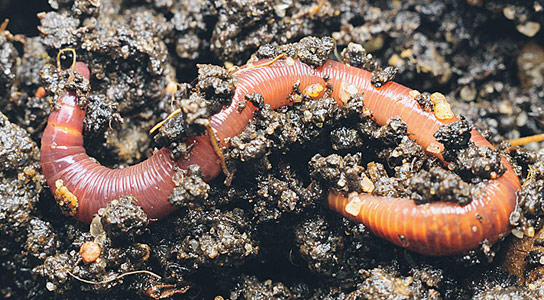
In a 3-year study, researchers found that removing earthworms, beetles, and other tiny creatures from a Scottish sheep meadow changed plant species, lowered productivity, and reduced response to farming practices like fertilization. Credit: D. Kucharski K. Kucharska
A newly published study reveals the importance of earthworms, beetles, and other tiny creatures to the structure of grasslands and the valuable ecosystem services they provide.
When asked to describe a forest or a meadow, most people would probably begin with the plants, the species diversity, or the color of the foliage. They probably wouldn’t pay much attention to the animals living in the soil.
But a new Yale-led study shows the critical importance of earthworms, beetles, and other tiny creatures to the structure of grasslands and the valuable ecosystem services they provide.
During a 3-year study, researchers found that removing these small animals from the soil of a replicated Scottish sheep meadow altered the plant species that grew in the ecosystem, reduced overall productivity, and produced plants that were less responsive to common agricultural management, such as fertilization.
The results reflect the long-term ecological impacts of land use changes, such as the conversion of forests to agricultural land, researchers say.
“We know these soil animals are important controls on processes which cause nutrients and carbon to cycle in ecosystems, but there was little evidence that human-induced loss of these animals has effects at the level of the whole ecosystem, on services such as agricultural yield,” said Mark Bradford, an Associate Professor at the Yale School of Forestry & Environmental Studies (F&ES) and lead author of the study published in the Proceedings of the National Academy of Sciences.
“Yet that’s exactly what we found.”
At a climate-controlled laboratory, the researchers assembled 16 bathtub-sized replicas of a Scottish upland grassland. Each of the models included the 10 most common plant species, but the researchers introduced earthworms, slugs, and other small creatures to only some of the systems.
During the first six months, the researchers found that removing the animals did not affect plant yield or the rate of carbon dioxide loss from the system. “But when we ran it out through 500 days we did actually find huge changes in the ecosystem processes, including the productivity of the plants,” Bradford says.
Interestingly, they also found that whereas grass yields were reduced, the quality of the yields was improved. (Quality is measured by the concentration of proteins in the plants.)
Bradford says the experiment differed from earlier research in two important ways: They were able to replicate much of the complexity of the real world by using many species of plants and soil organisms, and they were able to simulate multiple years of summer growing conditions.
The study was a collaboration between researchers from Yale and Columbia University, as well as collaborators in the United Kingdom, Germany, and Switzerland.
“These findings emphasize how interconnected the belowground and aboveground components of ecosystems are and that different ecosystem processes respond in different ways to the management of grasslands,” said Stephen Wood ’11 M.E.Sc. a doctoral student at Columbia University and co-author of the study.
“In this case, the loss of soil animal diversity eventually changed the dominant plant species in the meadow ecosystems, and then in turn the productivity of these grasslands and how they responded to agricultural management,” Bradford said. “When you next look out at a meadow or forest, remember that the tiny animals immediately beneath your feet are likely responsible for much of what you see.”
Reference: “Discontinuity in the responses of ecosystem processes and multifunctionality to altered soil community composition” by Mark A. Bradford [email protected], Stephen A. Wood, Richard D. Bardgett, Helaina I. J. Black, Michael Bonkowski, Till Eggers, Susan J. Grayston, Ellen Kandeler, Peter Manning, Heikki Setälä and T. Hefin Jones, 22 September 2014, PNAS.
DOI: 10.1073/pnas.1413707111


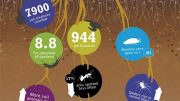
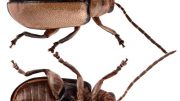
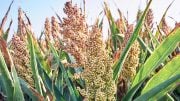
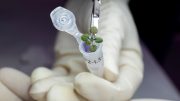
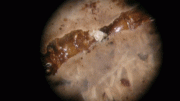
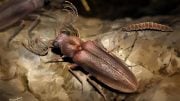

Be the first to comment on "Study Reveals the Importance of Tiny Creatures in Structure of Grasslands"